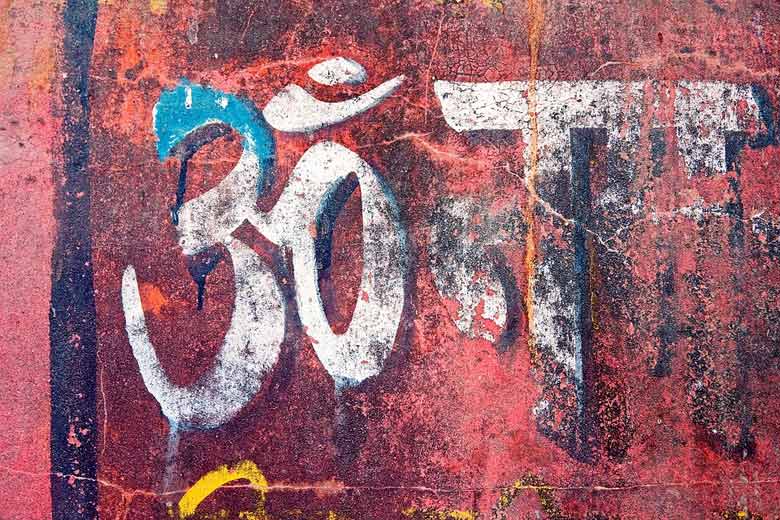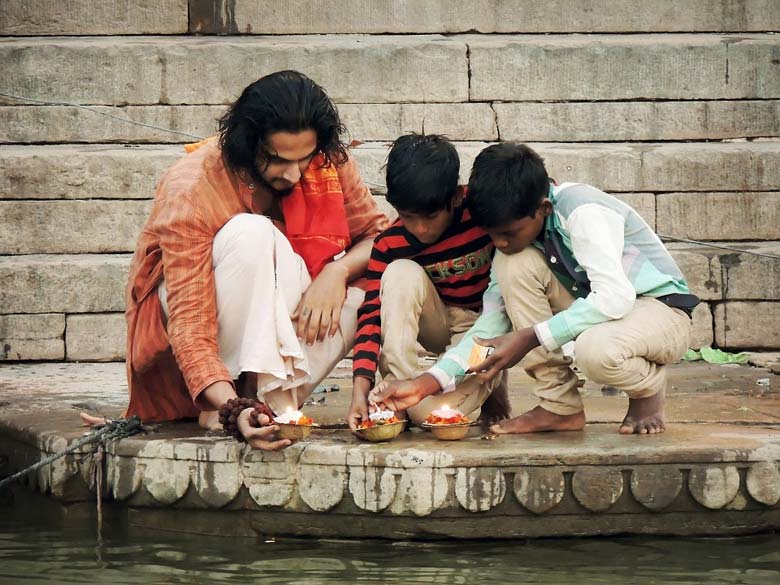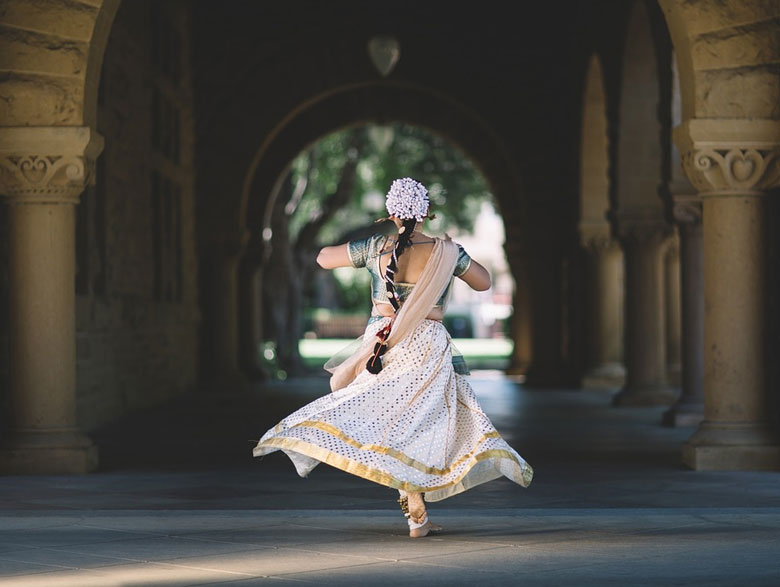The classic work on early Indian history is A. L. Basham’s The Wonder that Was India. Stanley Wolpert’s New History of India (6th ed.) is a good survey.
Books and Films on Travel to India
In The Discovery of India, Jawaharlal Nehru’s sense of his country’s history is passionate and poetic. India Britannica, by Geoffrey Moorhouse, is an entertaining and informative history of the British Raj. Freedom at Midnight, by Larry Collins and Dominique Lapierre, is a spellbinding account of India’s break from Britain; City of Joy, by the same authors, is a powerful portrait of Calcutta. India: A Million Mutinies Now, by V. S. Naipaul, is an optimistic sequel to the author’s brilliant but infuriating earlier books on India. Diana Eck’s Banaras: City of Light is an engaging profile of the religious life of Varanasi, including an account of Hinduism as it has been lived over the centuries. Elisabeth Bumiller’s balanced presentation of the lives of Indian women, May You Be the Mother of a Hundred Sons, stands out. Sunil Khilnani’s The Idea of India is a brilliant essay on India’s post-Nehru efforts to build an entity out of its challenging size, diversity, and economy. K. Ilaiah’s Why I am not a Hindu stirred a far-reaching de-bate on caste in contemporary India. Nirad Chaudhuri’s Autobiography of an Un-known Indian is a memoir of the Bengali author’s early days in colonial India, including lively, insightful descriptions of Indian customs, castes, and relations with the British. In Light of India is a collection of learned essays by the Nobel Laureate and former Mexican ambassador Octavio Paz; in it, “Feasts and Fasts” compares Indian and Mexican cuisines in such a way that both take on greater significance. Gita Mehta’s Snakes and Ladders is a collection of short pieces on the state of modern India. James Cameron’s An Indian Summer is a glib but loving memoir by a British journalist who lived in India both during and after the Raj.

Om
Barbara Stoler Miller’s The Bhagavad-Gita:Krishna’s Council in Time of War is the best translation of the classic Hindu text. To understand the great Sanskrit epic Mahabharata, the most readable place to start is the screenplay to Peter Brook’s film and stage version. Classical Hindu myths are retold in prose form in Gods, Demons, and Others, by the master writer R. K. Narayan, and more recently in the acclaimed volume Ka, by Roberto Calasso. A. K. Ramanujan’s Speaking of Shiva is a stunningly beautiful translation of devotional poems from South India. Myths and Symbols in Indian Art and Civilization, by Heinrich Zimmer (completed and edited by Joseph Campbell), is essential for the art or mythology buff, and Stuart Cary Welch’s India: Art and Culture, 1300-1900 is a lavishly illustrated volume by a great connoisseur. The colorful mini-book India and the Mughal Dynasty, by Valerie Berinstain, makes a great pocket companion in much of North India. For ravishing photographs see A Day in the Life of India, people going about their business; India Modern, a contemporary treatment of traditional buildings and crafts; and the oversize retrospective River of Colour: The India of Raghubir Singh.

History of India
Rudyard Kipling’s Kim is still the most intimate fictional account of India by a Westerner. In E. M. Forster’s A Passage to India, the conflict between Indians and their British rulers is played out in the story of a man accused of rape. Midnight’s Children, by Salman Rushdie, is the epic tale of a boy who was born the moment India gained independence. Rushdie’s The Moor’s Last Sigh, woven around a young man of mixed heritage, paints incomparably sensual portraits of Bombay and Cochin. Vikram Seth’s mesmerizing A Suitable Boy portrays middle-class life in the 1950s through a timeless story of young love. Ro-hinton Mistry’s A Fine Balance is an extraordinary study of the human condition, as experienced by a motley group of characters in 1970s Bombay; Mistry’s Such a Long Journey weaves the poignant tale of a Parsi householder caught in a sudden whirl of tragedy. Arundhati Roy’s The God of Small Things, set in 1960s Kerala, tells a disturbing story of brother-and-sister twins raised by a single mother. Bapsi Sidhwa’s Cracking India sees the bloody partition of India and Pakistan through the eyes of a young girl in Lahore. Amit Chaudhuri’s short novel A Strange and Sublime Address (published in the U.S. with Chaudhuri’s Freedom Song) is a gorgeous story about a 10-year-old boy’s stay with relatives in Calcutta. Anita Desai’s fasting; Feasting concerns a contemporary Indian family whose son goes off to college in the United States. Hullabaloo in the Guava Orchard, by Anita Desai’s daughter Kiran Desai, is a hilarious look at family life in small-town India, centering on a young man’s decision to go live in a guava tree. Love and Longing in Bombay, by Vikram Chandra, is a collection of short stories with a single narrator. Upamanyu Chatterji’s English Au-gust is a funny account of a contemporary rookie in the Indian Civil Service. Ahmed Ali’s Twilight in Delhi gives a poignant account of Muslim urban society early in the 20th century. Khushwant Singh’s Delhi is a bawdy and ultimately moving romp through Delhi’s tumultuous history.

India
Not all good Indian writing has been published in the West. Once you’re in India, look for English translations of Intizar Hussain’s Basti and A. R. Ananthamurthy’s Samskara, as well as new translated fiction from Macmillan India. Bengali poet and Nobel Laureate Rabindranath Tagore can be read in translation in such volumes as Gitanjali (1911) and The Crescent Moon (1913). Tagore’s novels Gora and The Home and the World are classics.
Traveler’s India is a magazine designed to get your creative juices flowing as you plan your trip, with features on destinations, activities (horseback-riding in Rajasthan, say), people (a short interview with Vikram Chandra; a profile of an American curator of Indian art), and history.
The prolific Indian film industry has produced a wealth of historical and adventure movies, as well as some of the great international art films. India’s premier film-maker, Satyajit Ray, wrote and directed Pather Panchali (1955), Aparajito (1956), and The World of Apu (1959), a powerful trilogy depicting poverty and tragedy in the life of a Bengali boy. A prime ex-ample of Indian costume melodrama is Aan (1952), directed by Mehboob, a story of royalty tamed by peasants. Shakespeare Wallah (1965), written by Ruth Prawer Jhabvala and James Ivory and directed by Ivory, features a group of English actors on tour in India. Heat and Dust (1982), also written by Prawer Jhabvala and directed by Ivory, re-creates India’s past through the discovery of a series of old letters. Deepa Mehta has made two major films: Fire (1996), in which two beautiful but neglected sisters-in-law turn to each other for affection, and Earth (1999), an adaptation of Bapsi Sidhwa’s novel Cracking India. Both were highly controversial in India, as is Mehta’s latest film, Water, set in Varanasi.

India Color
Films set in India by Western directors are numerous. Phantom India (1969), directed by Louis Malle, is an epic documentary of Indian life. The award-winning Gandhi (1982), directed by Richard Attenborough, traces the adult life of the leader of India’s independence movement. Based on E. M. Forster’s novel, A Passage to India (1984) was directed by David Lean. The Jewel in the Crown (1984), a TV series based on part of Paul Scott’s Raj Quartet, is an epic portrayal of Britain’s last years of power in India, involving a romance between a British woman and an Indian man. Salaam Bombay (1988), directed by Mira Nair, is a heartbreaking fictionalized exposé of Bombay’s homeless and slum children. City of Joy (1992), starring Patrick Swayze, is based on Collins’ and Lapierre’s book about Calcutta.
If you are planning to travel to India, Swan Tours, A leading travel agent in India based out of Connaught Place, New Delhi can assist in Customizing holiday itineraries in India, Sri Lanka and Bhutan, for more information contact Swan Tours at +8287 000 333.

